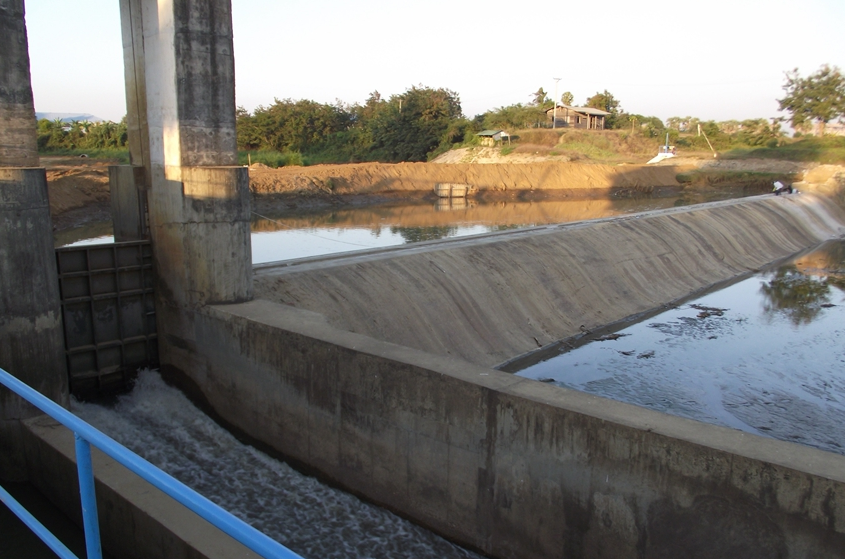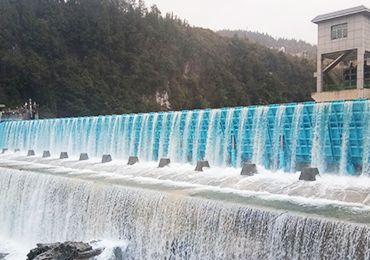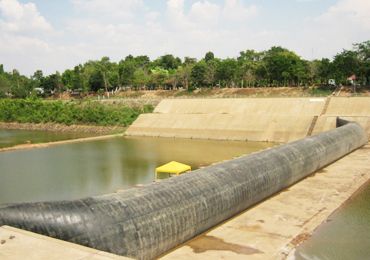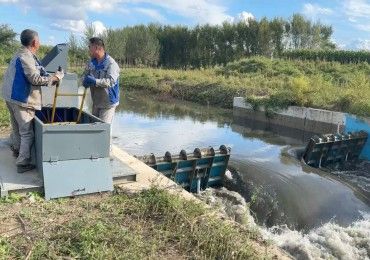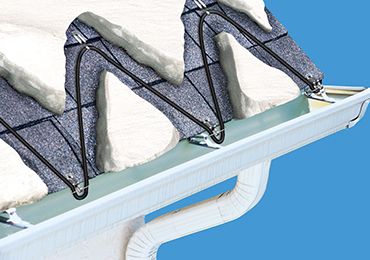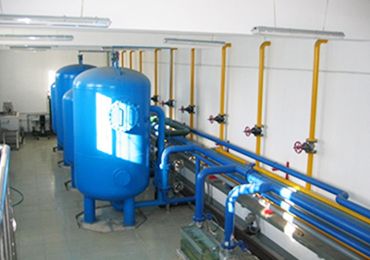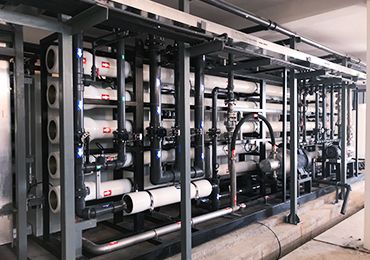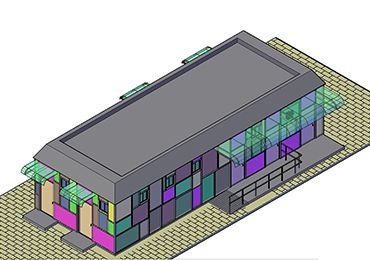Choosing the right spillway for a farm pond hinges on balancing cost, maintenance, erosion control, and the pond’s intended use. The two most common options are earthen (natural) spillways and piped spillways, each with sub-types and design considerations. Earthen spillways are simple, cost-effective channels that rely on vegetation to reduce erosion, whereas piped spillways use pipes or standpipes to convey overflow with minimal erosion risk. Key factors such as expected storm frequency, soil conditions, dam embankment materials, and regulatory guidelines (e.g., NRCS standards) will determine the optimal spillway type for your farm pond.
Importance of Proper Spillway Design
A spillway is critical to safely pass excess water during heavy rains and prevent overtopping of the dam embankment, which can lead to catastrophic failure and loss of life or property. Proper spillway design maintains the desired water level, allows for controlled drainage, and ensures the longevity of the pond structure.
Types of Spillways for Farm Ponds
Earthen (Natural) Spillways
Earthen spillways are shallow channels cut into the soil at the edge of the pond embankment and typically vegetated with grass or other ground covers to resist erosion.
Advantages: Low cost, easy to construct, uses local soils, and blends naturally with the landscape.
Disadvantages: Requires regular maintenance to prevent scour and sediment buildup, and vegetation must be managed to maintain channel capacity.
Piped Spillways
Piped spillways involve installing a pipe (e.g., corrugated metal or PVC) at the design overflow elevation. Excess water enters the pipe inlet and is conveyed to a safe discharge point downstream.
Advantages: Reduced erosion risk, handles higher flows, can be sized precisely, and often requires less surface disturbance.
Disadvantages: Higher installation cost, requires accurate hydraulic calculations and periodic inspection to prevent clogging.
Principal vs. Emergency Spillways
Principal Spillway: The main outlet, which may be a standpipe (a vertical riser) or outlet pipe through the dam top, designed to maintain normal pond levels and pass routine runoff.
Emergency Spillway: An auxiliary channel or low-point structure, often earthen, that safely conveys water during extreme events beyond the capacity of the principal spillway.
Design Considerations
Capacity and Frequency
Most farm pond spillways are designed to pass runoff from a 25-year frequency storm (4% annual chance) to balance safety and cost. For higher-risk sites or regulatory requirements, design for a 50- or 100-year event may be necessary.
Location and Alignment
Locating an earthen spillway near one end of the dam, ideally bleeding back toward the original watershed, minimizes erosion on the embankment and directs overflow safely to the natural channel.
Materials and Erosion Protection
Concrete, riprap, or geotextile fabric topped with rock can protect spillway inlets and channels against scour, especially in high-velocity flows. Seed or sod all disturbed areas per NRCS Conservation Practice Standard to stabilize soils.
Regulatory Compliance
Follow NRCS Pond Code 378 guidelines for safety, sediment storage, and periodic cleanout, and obtain necessary permits before construction.
Choosing the Best Spillway for Your Farm Pond
Livestock Watering or Irrigation Ponds: Earthen spillways often suffice, offering simple overflow channels that blend into pasture settings.
High-Capacity or Recreational Ponds: Piped spillways with standpipes ensure precise water level control and reduced erosion, suitable for larger volumes and recreational uses.
Sites with Loose or Highly Erodible Soils: Consider concrete or riprap aprons at inlet and outlet locations, or fully piped systems, to minimize vulnerability to scour.
Conclusion
Selecting the right spillway involves understanding hydrologic demands, soil and site conditions, cost constraints, and maintenance capabilities. Earthen spillways deliver simplicity and economy, while piped systems provide superior erosion resistance and capacity. Consulting local NRCS guidelines and, if necessary, an engineer will ensure your farm pond spillway is safe, effective, and compliant.



